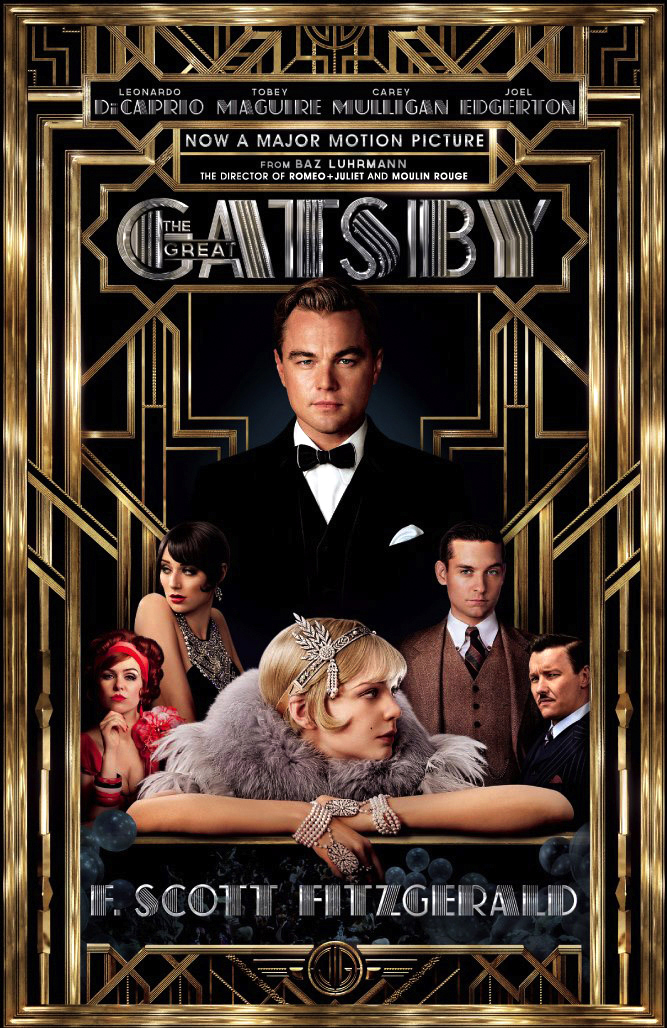Chasing Shadows: The American Dream in The Great Gatsby

F. Scott Fitzgerald’s "The Great Gatsby" serves as a profound critique of the American Dream, illustrating its complexities and inherent contradictions. The novel portrays the American Dream as a seductive yet ultimately unattainable ideal, showcasing the pursuit of wealth, status, and happiness in 1920s America.
The Illusion of Success
At the heart of the American Dream is the belief that anyone can achieve success through hard work and determination. Jay Gatsby epitomizes this ideal; he rises from humble beginnings to immense wealth, symbolizing the possibility of reinvention. However, Gatsby’s success is built on illicit activities, highlighting the moral ambiguity often associated with the pursuit of wealth. His lavish parties and opulent lifestyle mask a deeper emptiness, suggesting that material success does not equate to true fulfillment.
Class Divisions
Fitzgerald also critiques the rigid social hierarchies that undermine the American Dream. Gatsby, despite his wealth, remains an outsider to the old-money elite represented by characters like Tom Buchanan. Tom’s disdain for Gatsby underscores the entrenched class divisions that exist even within the realm of wealth. The novel suggests that the American Dream is accessible only to a select few, as societal barriers can prevent true social mobility and acceptance.
The Role of Idealism
The pursuit of the American Dream is deeply tied to idealism, particularly in Gatsby’s relentless love for Daisy Buchanan. Gatsby's dream of rekindling their past romance symbolizes a larger aspiration for happiness and acceptance. However, the novel reveals the futility of such idealism; Gatsby cannot recreate the past or achieve his vision of love. This disillusionment reflects a broader commentary on the American Dream, suggesting that the pursuit of unattainable ideals often leads to disappointment and despair.
Conclusion
Ultimately, *The Great Gatsby* critiques the American Dream by exposing its inherent contradictions and the societal forces that shape individual aspirations. Fitzgerald illustrates how the pursuit of wealth and status can lead to moral decay, disillusionment, and a profound sense of isolation. Through Gatsby's tragic story, the novel serves as a cautionary tale about the pitfalls of the American Dream, urging readers to question its viability and the values that underpin it.